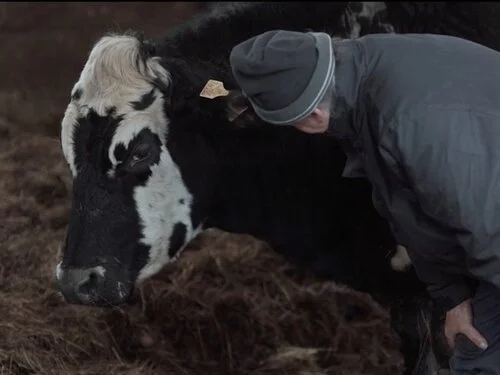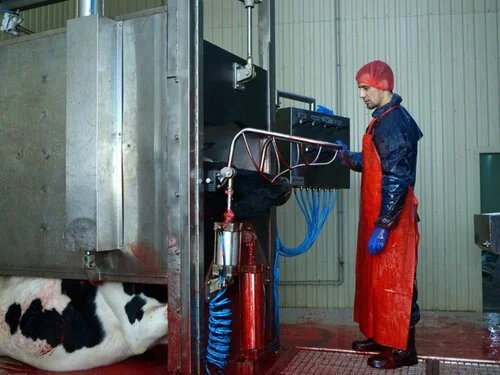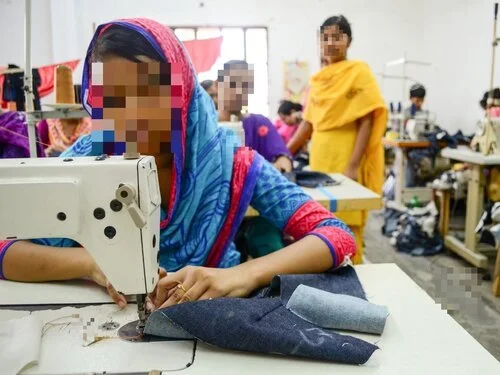Shearer and herder suffering in fashion supply chains
While shearers face illegal mistreatment, herders report feeling trapped in an industry destroying their native land for wool and cashmere.
In fashion supply chains producing wool from sheep and alpacas and cashmere from goats, there are shearers and herders. Just as we ought to consider the treatment of garment workers sewing clothing, we must consider these people too.
Greater demand for cashmere leads to greater exploitation of cashmere herders and workers.
A rising demand for cashmere has seen a price decrease for the fibre. This means that goat herders and workers now often receive less payment for their work.
Vulnerable herders living in Mongolia face environmental problems and have been shown to be underpaid and overworked, causing further socio-economic struggle.

’All I can do is watch my grasslands disappear.’
- Bish, nomadic herder
Cashmere herders struggle because they know that the industry they herd for is causing detrimental harm to the land they live on. However, due to the high demand for cashmere from richer populations around the world, they often feel they have little choice.
Image: Cashmere goats walk on degraded land / Snow Leopard Conservation Foundation.
While it does not excuse the abuse of sheep in shearing sheds, it’s important to learn about the treatment of many shearers in the industry.
Poorly paid, with high injuries
In top wool-exporting country Australia, shearers are not paid per hour of work [PDF 685KB]. Instead, they are paid per the amount of sheep they shear or the weight of wool shorn. This form of payment demands speed at the expense of the sheep, who are often stressed, injured or cut by sharp clippers during the process of being shorn. Shearers are also often pained by this intense work, with high rates [PDF 2.9MB] of work-related deaths, injury and illness occurring in the industry. Some shearers have been left unable to move by themselves or scalped after accidents.
Image: via ABC
Illegal, unjust treatment
A 57-year-old shearer called Rob Harrowfield spoke to the ABC and stated, ‘As far as conditions for safety, I think it's worse now than what it used to be ... it's just getting progressively worse.
‘Not having toilets, not having fresh running water rather than washing in a bucket, not having proper harness holders, not having equipment that [has] safety buttons.’
Image: Dangerous, old equipment, and the only toilet available to shearers / via ABC
Lack of regulation and law-breaking
Reports have been made that shearers are often paid in drugs and cash. Other reporting has stated that shearers taking drugs like crystal methamphetamine is a ‘rampant’ problem - it is considered that this may increase violence towards sheep.
The Australian Workers Union received two dozen reports of this kind of payment to contractors. The treatment of workers in shearing sheds breaks all kinds of laws, from workplace health and safety to tax laws.
Despite these reports, the wool-grower (not shearer) lobby group Wool Producers Australia stated there was no need for increased regulation or oversight.

With plenty of totally ethical alternatives to animal-derived materials available, why support suffering?
Want to keep learning?
-

Farm workers
Raising animals for exploitation and slaughter has serious mental health impacts for many farmers. The mental distress that comes with such violent work is immense.
-

Slaughterhouse workers
People working in abattoirs often suffer with serious mental health issues and trauma. They are at high risk of physical injury in the workplace, poorly treated and underpaid.
-

Garment workers
Garment workers are often commodified and denied basic human rights. Many work under conditions that are considered to be modern day slavery.





